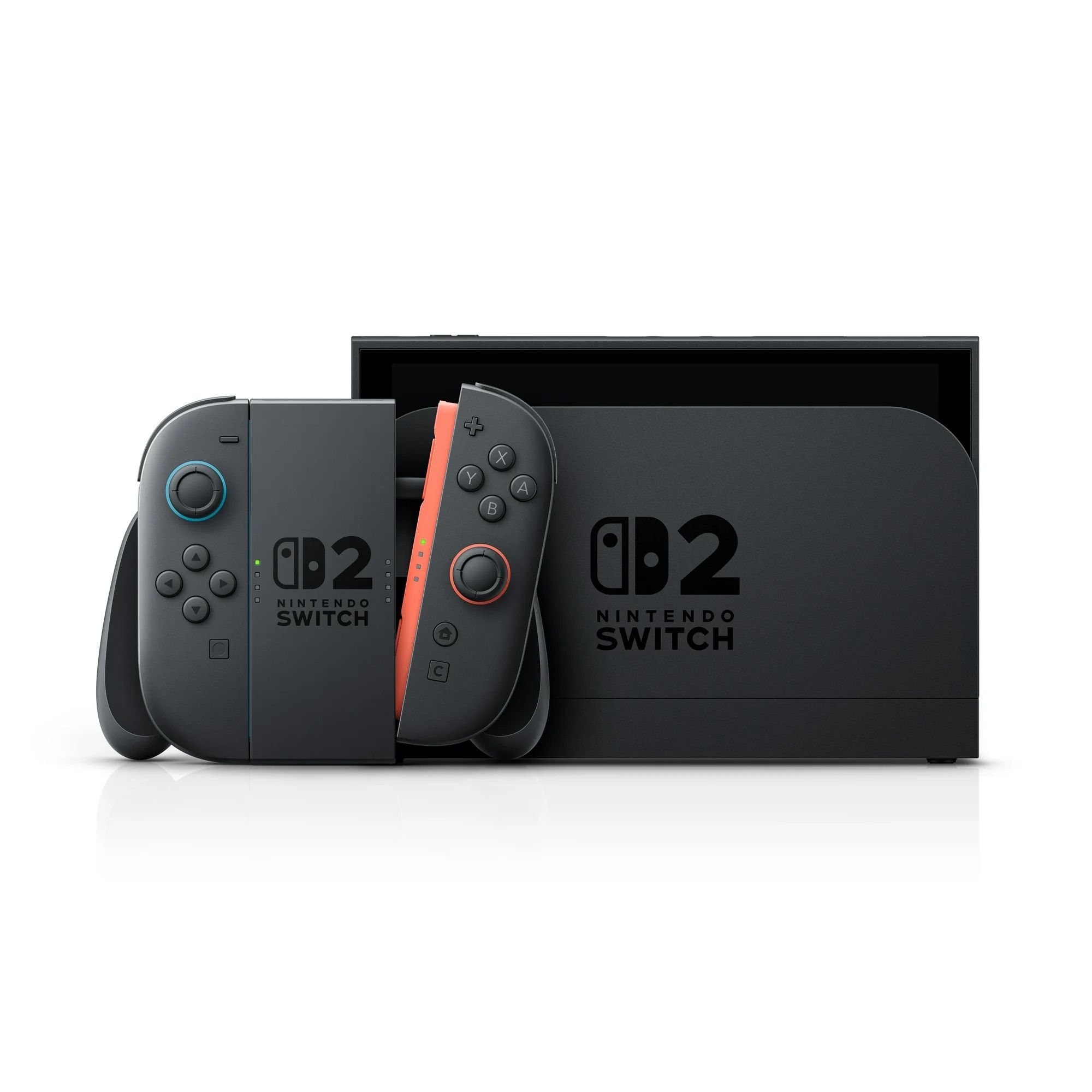The Nintendo Switch 2 has arrived with noticeable improvements in its hardware, but you probably notice that your screen isn’t as good as the original. You’re not alone, and it’s because Nintendo’s newest console isn’t beating the original in some screen tests.
While the screen offers a bigger, sharper display with better color capabilities, the console’s LCD panel suffers from slow response times, making the experience less than perfect for some players. The Switch 2’s 7.9-inch 1080p LCD screen supports up to 120 Hz and HDR10 and behaves like a typical IPS LCD.
Still, tests done by Monitors Unboxed show that the average response time for a Nintendo Switch 2 screen is 33 milliseconds when switching between shades of gray, with some transitions taking over 40 milliseconds. This is surprisingly slow for a modern LCD screen, making it even slower than the original Switch’s LCD, which had an average response time of 21 milliseconds.
This basically means the Switch 2’s display is about 50% slower in motion performance than the previous model, which is a big step backward despite the higher refresh rate. This sluggishness leads to visible blur and “ghosting” effects in fast-moving scenes or when scrolling, particularly in games with side-to-side motion.
The main technical reason for this problem seems to be the lack of “overdrive” technology. Overdrive is important for speeding up pixel changes in modern IPS LCDs by sending a stronger voltage to the liquid crystal layer.
The fact that the Switch 2 doesn’t have this feature is likely a decision made by Nintendo to save battery life since higher voltage means more power usage. While this sounds cheap, it’s a pretty smart decision since you have to consider the relatively small 19-watt-hour battery. While this helps conserve power, it also limits the display’s performance, even at 60 Hz, because the screen often takes twice as long as a frame refresh to fully change colors.
Aside from response times, the Switch 2’s display does have some upgrades. It is brighter than the original Switch, going from about 320 nits to around 430 nits. The console also supports a wider range of colors, covering 98% of the DCI-P3 color space compared to the original Switch’s 79% Rec.709 coverage. This means colors look more vivid and rich, though some older Switch games not designed for the wider color range might appear oversaturated.
The Switch 2’s screen has been a bit controversial overall, anyway. While the screen can technically receive and show an HDR signal, it doesn’t have the right hardware to deliver a true high dynamic range experience. The contrast ratio is low, as is typical for IPS LCD screens, and there’s no local dimming to improve contrast in HDR situations.
The display problems here are a bit like the jump from 60 to 120 FPS. It is not going to be noticeable to the average person, but it is going to be noticeable for those who are very focused on frames and responsiveness.
Source: Monitors Unboxed, Digital Foundry

- 4K Capability
-
Yes, docked
- 4K Capabilities
-
HDR
- What’s Included
-
Dock, Charger, HDMI cable, Joy-Con adapter
- Brand
-
Nintendo




:max_bytes(150000):strip_icc()/twoku-twtich-roku-app-2053432b763a40d788ef726974d9ed2a.png?w=1174&resize=1174,862&ssl=1)


Leave a Comment
Your email address will not be published. Required fields are marked *